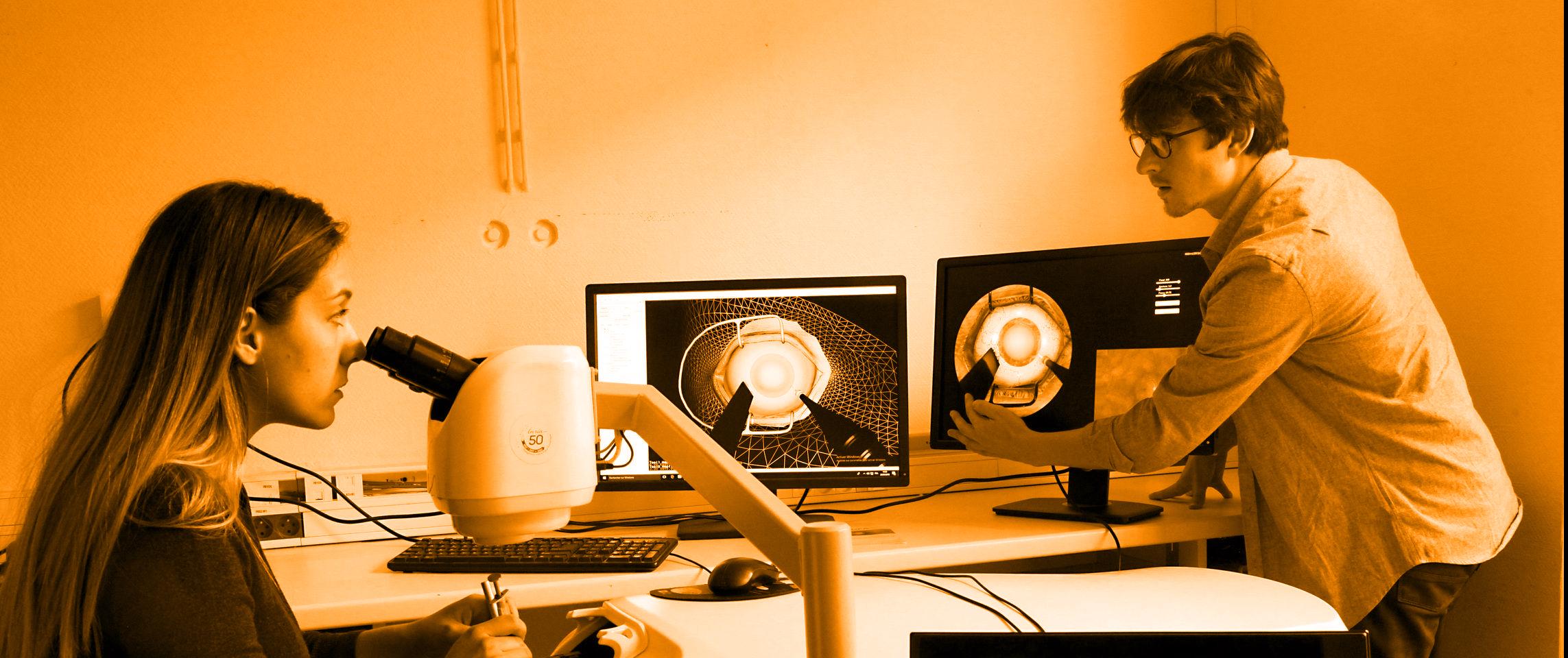
Personalising patient care with artificial intelligence
In response to the increasing prevalence of obesity in our societies, bariatric surgery has proven to be an effective solution for sustainable weight loss and extended life expectancy in good health. It is nevertheless difficult to predict long-term weight loss after an operation. Numerous models have been developed to provide surgeons with tools to predict this post-operative weight loss. For these models to be relevant from a clinical perspective, however, they must enable weight loss prediction over a period of at least 5 years.
Professor François Pattou, head of the General and Endocrine Surgery Department at Lille University Hospital, and director of the Translational Research Laboratory for Diabetes (INSERM, the Pasteur Institut in Lille, Lille University and Lille University Hospital), teamed up with Philippe Preux, Professor at Lille University and head of the INRIA SCOOL project-team (part of the Lille University-CNRS-Centrale Lille Institut joint laboratory ,CRIStAL), to develop his own tool based on data relating to outcomes of bariatric surgery, which he has been collecting since 2006. Using this data, the researchers thus implemented algorithms capable of predicting expected weight loss following bariatric surgery. ‘We had a vast amount of data for each patient, but the number of patients was limited to a few thousand’, Patrick Saux, INRIA PhD student and main author of the publication, explains.
"We therefore offset this reduced sample by calling on the expertise of doctors and nutritionists. This is the real advantage of interdisciplinary work."
An outstanding collaboration between artificial intelligence researchers and healthcare professionals
The model takes the form of a curve, specific to each individual, which describes the expected weight change in the 5 years following surgery. This offers several advantages; for the patient firstly, who can easily visualise their future weight loss. ‘Some patients have unrealistic expectations after bariatric surgery. A visual support helps to avoid too great a gulf between expectation and reality and enables better acceptance of outcome of the operation’, Patrick Saux believes. For doctors, secondly, as a large discrepancy with the expected change may point to a complication, the need for further surgery or a modification in post-operative care.
The algorithms used for this model draw on decision trees, i.e. series of questions such as the patient’s age, weight, smoker or non-smoker, presence of diabetes and the type of surgery planned. These highly robust algorithms offer relatively accurate predictions and are easy to interpret. Doctors were thus able to check if the algorithms took the relevant criteria sufficiently into account when producing their predictions.
Healthcare experts also contributed to fine-tuning the smoothing algorithms: as the model was created solely from data collected periodically (prior to surgery, then three months, one year and two years, etc. after surgery), the gaps between these data collections had to be filled. ‘Here, again, doctors know what a weight curve usually looks like, so they help us to look in the right direction’ Patrick Saux says.
An article in The Lancet Digital Health presents the research results
The aims of the study were as follows:
- Design a system to predict post-operative weight loss.
- Study the model’s effectiveness on a global scale, firstly by validating the trajectories predicted by the algorithms in ten independent cohorts, in Europe but also Singapore, Mexico and Sao Paulo. The results revealed the advanced performance of the new algorithm compared to existing models. This study also confirmed the impact of the type of operation, the duration of diabetes in patients and differences between smokers and non-smokers.
- Implement the model in a user-friendly tool, enabling an individual pre-operative prediction of the post-operative weight loss trajectory.
At present, one of the purposes of this tool is to predict the usefulness of post-operative visits and enlighten clinical decision-making. The tool is available from the following address: bariatric-weight-trajectory-prediction.univ-lille.fr
10,231
participants
5
years
8
countries
3
continents
